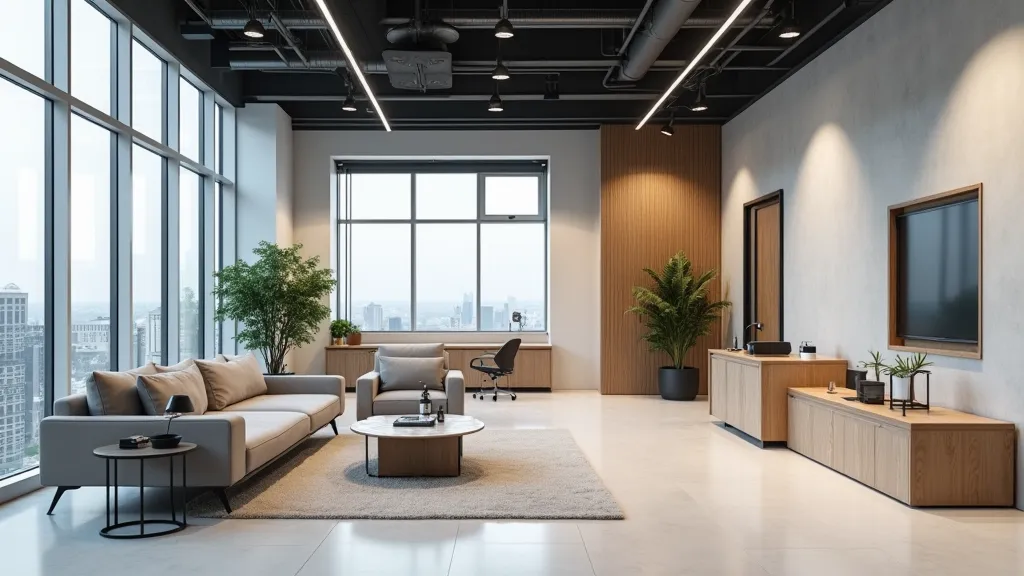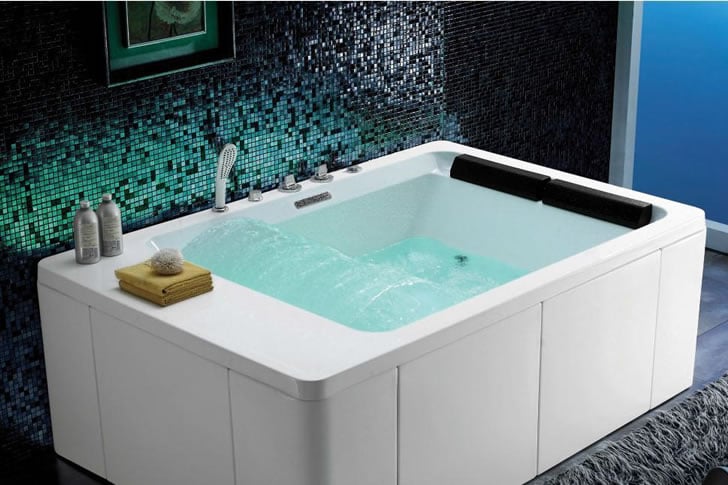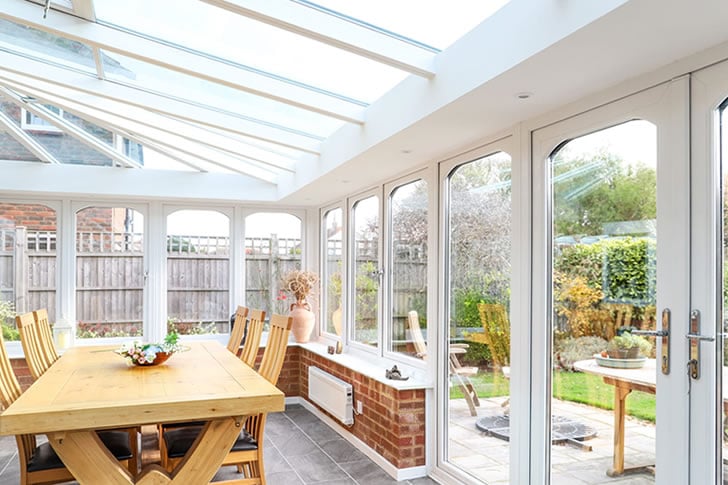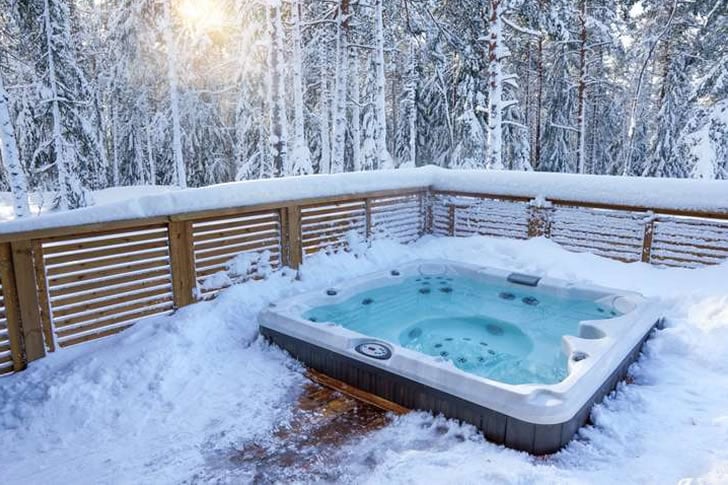Exploring the Future of Workspaces: Trends and Innovations
Discover the latest trends and innovations shaping modern workspaces and their impact on productivity and employee well-being.

Introduction to Modern Workspaces
The concept of workspaces has evolved dramatically over the past few decades. As we navigate through the 21st century, the environment in which we work has become a focal point for businesses aiming to enhance productivity and employee well-being. This article delves into the emerging trends in workspace design and how they reflect a broader shift in workplace culture. Understanding these trends is essential for organizations that want to remain competitive and attract top talent in an increasingly dynamic market.
The Shift Towards Open-Plan Offices
Open-plan offices have gained immense popularity as a design choice for organizations seeking to foster collaboration and communication among employees. The idea behind this layout is simple: removing physical barriers encourages interaction and teamwork. However, while this trend promotes a sense of community, it also raises important questions regarding privacy and noise levels. Many employees find it challenging to concentrate in open spaces due to distractions, which can lead to decreased productivity.
Consequently, many companies are now exploring hybrid models that balance openness with personal space. These models often include a combination of open areas for collaboration and private spaces for focused work. By providing various types of work environments, companies can cater to different working styles and preferences. For instance, some employees may thrive in bustling, interactive spaces, while others may require quieter settings to perform at their best. This approach not only enhances employee satisfaction but also optimizes overall productivity.
Integrating Technology in Workspaces
The integration of technology into workspaces is not merely a trend; it is a necessity in today’s digital age. Smart office solutions—including automated lighting, temperature control, and advanced audiovisual systems—are becoming commonplace. These technologies are designed to enhance the user experience, offering convenience and improving energy efficiency. For instance, smart lighting systems can adjust based on the time of day or the presence of employees in the room, reducing energy consumption while ensuring optimal lighting conditions.
Furthermore, the rise of remote work has led to the development of tools that facilitate virtual collaboration, fundamentally changing how teams interact. Platforms such as Zoom, Microsoft Teams, and Slack have become essential for communication and project management, enabling teams to work effectively from various locations. As organizations continue to embrace remote and hybrid work models, the need for seamless technological integration will only grow. Investing in reliable technology infrastructure is crucial for fostering collaboration and maintaining productivity in this new work landscape.
The Rise of Biophilic Design
Biophilic design emphasizes the connection between humans and nature within indoor environments. This trend involves incorporating natural elements—such as plants, natural light, and organic materials—into workspace design. Research indicates that biophilic environments can lead to increased employee satisfaction and productivity. For example, studies have shown that employees working in spaces with ample natural light and greenery report higher levels of well-being and lower levels of stress.
As organizations recognize the mental and emotional benefits of nature-inspired spaces, this trend is expected to gain traction. Companies are increasingly investing in improving their indoor environments by adding plants, creating green walls, and designing spaces that maximize natural light. Additionally, outdoor workspaces and relaxation areas are becoming more common, allowing employees to enjoy the benefits of nature without leaving the office. This shift toward biophilic design not only enhances the aesthetic appeal of workspaces but also contributes to a healthier and more productive workforce.
Flexible Workspaces: Adapting to Change
Flexibility in workspace design is becoming increasingly important as businesses adapt to changing work patterns. The rise of co-working spaces illustrates this trend, offering a blend of private offices and shared work areas that cater to diverse needs. These spaces allow businesses of all sizes to scale their operations without the commitment of a long-term lease, making them an attractive option for startups and freelancers.
Companies are also embracing flexible arrangements, allowing employees to choose where and when they work. This shift not only accommodates individual preferences but also promotes work-life balance. For example, many organizations are adopting flexible hours or hybrid work models, enabling employees to split their time between the office and remote work. This flexibility can lead to increased job satisfaction and retention, as employees appreciate the autonomy to manage their schedules according to their personal and professional commitments.
Moreover, flexible workspaces encourage a culture of trust and accountability, as employees are empowered to take ownership of their work environments. By providing options that suit various working styles, organizations can create a more inclusive and adaptive workplace culture that meets the evolving needs of their workforce.
Creating Wellness-Focused Environments
As the emphasis on employee wellness continues to grow, many organizations are rethinking their workspace designs to prioritize health and well-being. Features such as ergonomic furniture, wellness rooms, and fitness facilities are becoming standard in modern work environments. Ergonomic workstations help to reduce the risk of injuries and discomfort associated with prolonged sitting, while wellness rooms offer employees a quiet space to recharge and practice mindfulness.
Furthermore, initiatives that promote mental health, such as quiet zones and mindfulness spaces, are gaining popularity as companies recognize the importance of supporting their employees holistically. Wellness programs that include mental health resources, stress management workshops, and access to fitness classes can significantly enhance employee morale and productivity. By fostering a culture that prioritizes well-being, organizations not only improve employee satisfaction but also reduce absenteeism and healthcare costs.
Additionally, companies are increasingly focusing on creating environments that promote social interaction and community. Spaces that encourage informal gatherings, such as lounges, cafes, and outdoor areas, can strengthen relationships among employees and contribute to a positive workplace culture. This sense of community is vital in supporting employee engagement and fostering a collaborative atmosphere.
Incorporating Sustainability into Workspace Design
Sustainability is becoming a critical consideration in modern workspace design. Organizations are recognizing the importance of creating environmentally friendly workspaces that minimize their carbon footprint. This includes using sustainable materials, implementing energy-efficient systems, and promoting recycling and waste reduction initiatives.
Many companies are opting for LEED (Leadership in Energy and Environmental Design) certification, which sets standards for environmentally sustainable building practices. This certification can enhance a company’s reputation and appeal to environmentally conscious clients and employees. For instance, incorporating features such as solar panels, green roofs, and rainwater harvesting systems can significantly reduce a building's environmental impact.
Moreover, promoting sustainable practices within the workplace can also enhance employee engagement. Initiatives such as carpooling programs, remote work options, and encouraging the use of public transportation contribute to a greener workplace culture. Employees often feel more motivated and satisfied when they know their workplace is committed to sustainability, fostering a sense of pride and purpose in their work.
Adopting Hybrid Work Models
The COVID-19 pandemic has accelerated the shift toward hybrid work models, where employees split their time between remote work and in-office work. This approach allows organizations to maintain flexibility while accommodating the diverse needs of their workforce. As businesses recognize the benefits of remote work, many are adopting hybrid strategies that enable employees to choose their work environment based on their tasks and preferences.
Hybrid work models require careful planning and communication to ensure that employees remain connected and engaged. Organizations must provide the necessary tools and resources to facilitate collaboration, whether in-person or virtual. This may include investing in technology that supports seamless communication and project management, as well as creating guidelines for when employees should be in the office and how to maintain team cohesion.
As hybrid work becomes the norm, organizations will need to re-evaluate their workspace design to accommodate this new model. This may involve creating flexible workspaces that can easily transition between collaborative and individual work, as well as ensuring that technology infrastructure supports both in-person and remote interactions. By embracing hybrid work models, organizations can enhance employee satisfaction and productivity while attracting top talent in an increasingly competitive job market.
FAQ on Modern Workspace Trends
- What is an open-plan office? An open-plan office is a workspace design that minimizes barriers between employees, promoting collaboration and communication.
- How does technology impact modern workspaces? Technology enhances the user experience, boosts productivity, and facilitates virtual collaboration in modern workspaces.
- What is biophilic design? Biophilic design incorporates natural elements into workspaces to improve employee well-being and productivity.
- Why are flexible workspaces important? Flexible workspaces accommodate diverse work styles and promote work-life balance, adapting to changing employee needs.
- How can organizations create wellness-focused environments? Organizations can create wellness-focused environments by incorporating ergonomic furniture, wellness rooms, and mental health initiatives.
- What are the benefits of hybrid work models? Hybrid work models offer flexibility, enhance work-life balance, and can improve employee satisfaction and retention.
- How does sustainability factor into workspace design? Sustainability involves using environmentally friendly materials and practices to minimize a workspace's carbon footprint.
Conclusion: The Future of Workspaces
As we move towards a more interconnected and technology-driven world, the future of workspaces will continue to evolve. By embracing trends such as open-plan designs, biophilic elements, and flexible arrangements, organizations can create environments that not only enhance productivity but also foster a sense of community and well-being among employees. The exploration of these trends is vital for businesses looking to thrive in a rapidly changing landscape.
In conclusion, the design and functionality of workspaces will play a crucial role in shaping the future of work. Organizations that prioritize employee needs, well-being, and sustainability will not only boost productivity but also create a more engaged and loyal workforce. As we look ahead, it is clear that the modern workspace will be a reflection of the values and priorities of the organizations that inhabit them, and adapting to these changes will be essential for long-term success.









